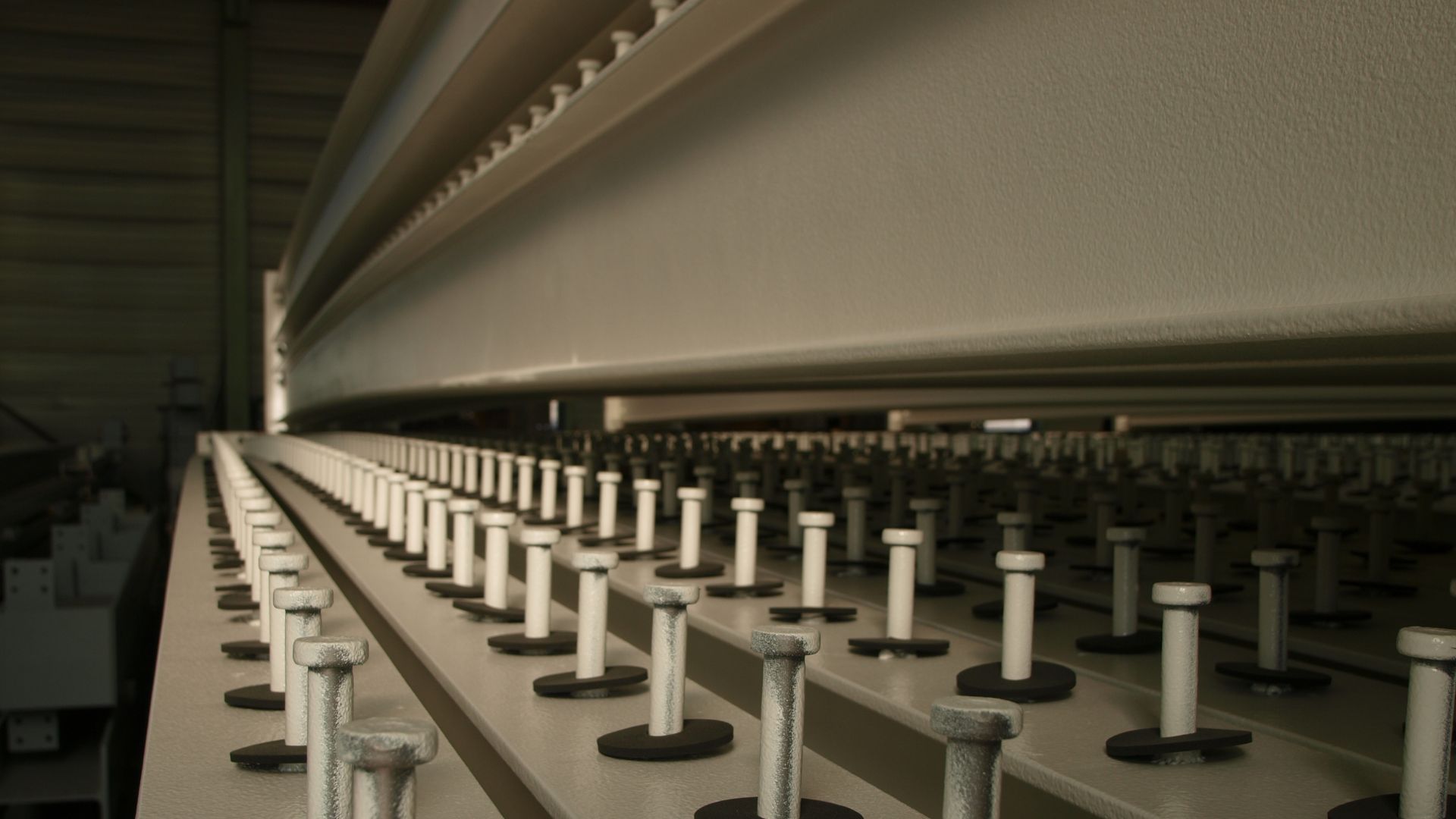Is there a fast way to fix fatigue damaged steel bridges?
Why steel bridges need to be refurbished?
Every milestone in the history of construction and architecture has their trending material – so was steel for a long time the material of choice for the construction of bridges, followed by reinforced steel-concrete. Steel bridges constitute a large number of the world-wide infrastructure having a proven life span extending to well over 100 years.
Nevertheless many bridges in different countries, are reaching a critical age with increasing signs of deterioration due to higher traffic density to initial design, for instance, in USA 20% of steel bridges are in need for upgrading and in Europe up to 66% of the bridges are 50 years or older. They might be considered either structurally deficient or obsolete due to a mix of factors such as increase in axel load and traffic intensity which might lead to load carrying capacity limitations and material fatigue issues. On the other side, design-related deficiencies, construction and supervision mistakes, together with lack of maintenance or inspection may also lead to a premature bridge collapse.
Two different approaches are followed when it comes to extend the lifetime of steel bridges; The first one, involves replacement of damaged part with a new structure. It is expensive and implies major traffic and noise disturbance. The second option follows a more local approach and involves strengthening initiatives, like replacement or strengthening of structurally damaged or weak elements by the application of steel plates, either by bolting or welding. This approach is most cost effective and cause less traffic disruption. However, even if weld is the most common joining method significant induced residual stresses are introduced in the repaired structural elements. The origin of such stresses is from welding or local stress raisers, loss of cross-section from drilling holes and an increase of the dead load of the structure resulting in limiting the amount by which live load can be increased.
In any case, repair and maintenance is a crucial part of keeping a bridge safe, and neglecting it could lead to disastrous results.
"The new Sikadur-solution“ brings sustained added value to building and civil engineering structure owners, their consultants and contractors. We are committed to delivering structural strengthening concepts for metal structures facilitating successful completion and handover of projects." Antonino Montalbano, Corporate Product Engineer Structural Bonding & Strengthening
Sika Solutions for a quick repair – Sikadur®- 370
Using an adhesive seems to be an unorthodox solution, as current repair efforts are rather conservative using welding and bolding. In refurbishment, 2C-epoxy adhesives are widely used for many different applications from simple crack repair to structural strengthening of buildings. Even though, considering their highly brittle nature, they are much tougher than concrete and other cementitious or inorganic systems and therefore offer good and reliable bonding with substrate failure occurring at very high loads. However, crash resistance is not a very widespread requirement in construction and refurbishment, whereas high fatigue cycles and long-prospected lifetime are omnipresent in construction and refurbishment.
Novel Sika toughened adhesives, combined with less brittle substrates, such as metal or composite structures open up a new field for structural bonding in construction & civil engineering, e.g. among others steel bridge repair, seismic guarding or construction with more sustainable materials (composite bridges, etc.). For that reason, Sika transferred its SmartCore toughening technology to the special needs of the strengthening market in a first product under the name Sikadur®-370. Sikadur®-370 is a two-component epoxy adhesive that combines highest mechanical properties with toughness and therefore long-lasting durable connection. The application area of the toughened adhesive is with ductile substrates, substrates with the ability to deform under tensile stress, opening up a new field for structural bonding applications in construction.
"By introducing the well known toughening technology from the automotive and wind industry into the Sikadurs, we have achieved to combine the advantages of high strength and increased durability." Tobias Meier, R&D Project Leader, 2C Adhesives
Collaboration with Academia
The Sikadur®-370 solution originated form a successful team spirit and excellent collaboration and exchanges between Sika R&D centers (Zurich and Spain) and close exchange with Market Specialists. Tobias Meier (R&D Zürich), Javier Sacristan (R&D Spain) and Antonino Montalbano (TM Refurbishment) brought this “initial prototype” product into a large university collaboration with the KIT, BTU Cottbus and RWTH Aachen. After more than 3 years of intense research and benchmarking of available solution in the market the Sika approach was rated as best and admitted for large scale tests at real steel bridges. These real tests will be used to test the application and monitor performance over the next years. First results will be published within the next years by the university partners.
Sika works closely with universities in showing the outperforming properties of those adhesives for structural strengthening applications of metal structures, such as metal bridge structures omnipresent in terms of traffic infrastructure, may it be rail and metro systems, or car traffic infrastructure. Due to the increasing age of this kind of infrastructure, together with increasing traffic, heavier load of transportation and fatigue during its life-time, more and more bridges are in a critical or insufficient condition which require immediate corrective actions in terms of refurbishment. As steel is widely used around the world for the construction of bridges from the very large to the very small, the solution Sikadur®-370 represents a sustainable management of farsighted refurbishment.
"I am convinced that by using this new possibility of toughened and flexibilzed rigid epoxies we open doors to lot of new applications for construction epoxies." Javier Sacristan, R&D Project Leader, Construction Epoxies

